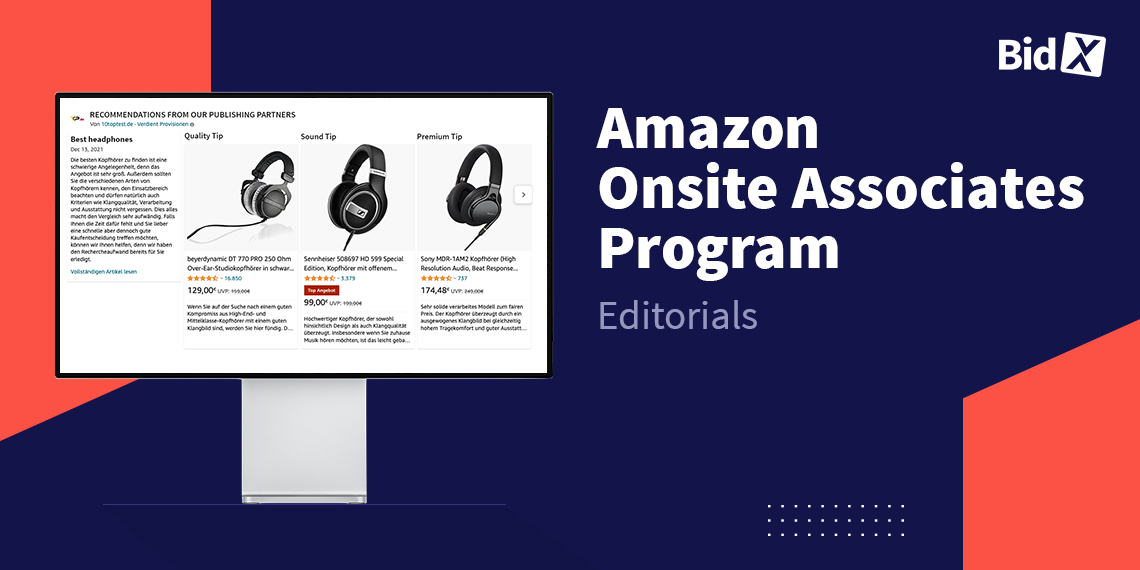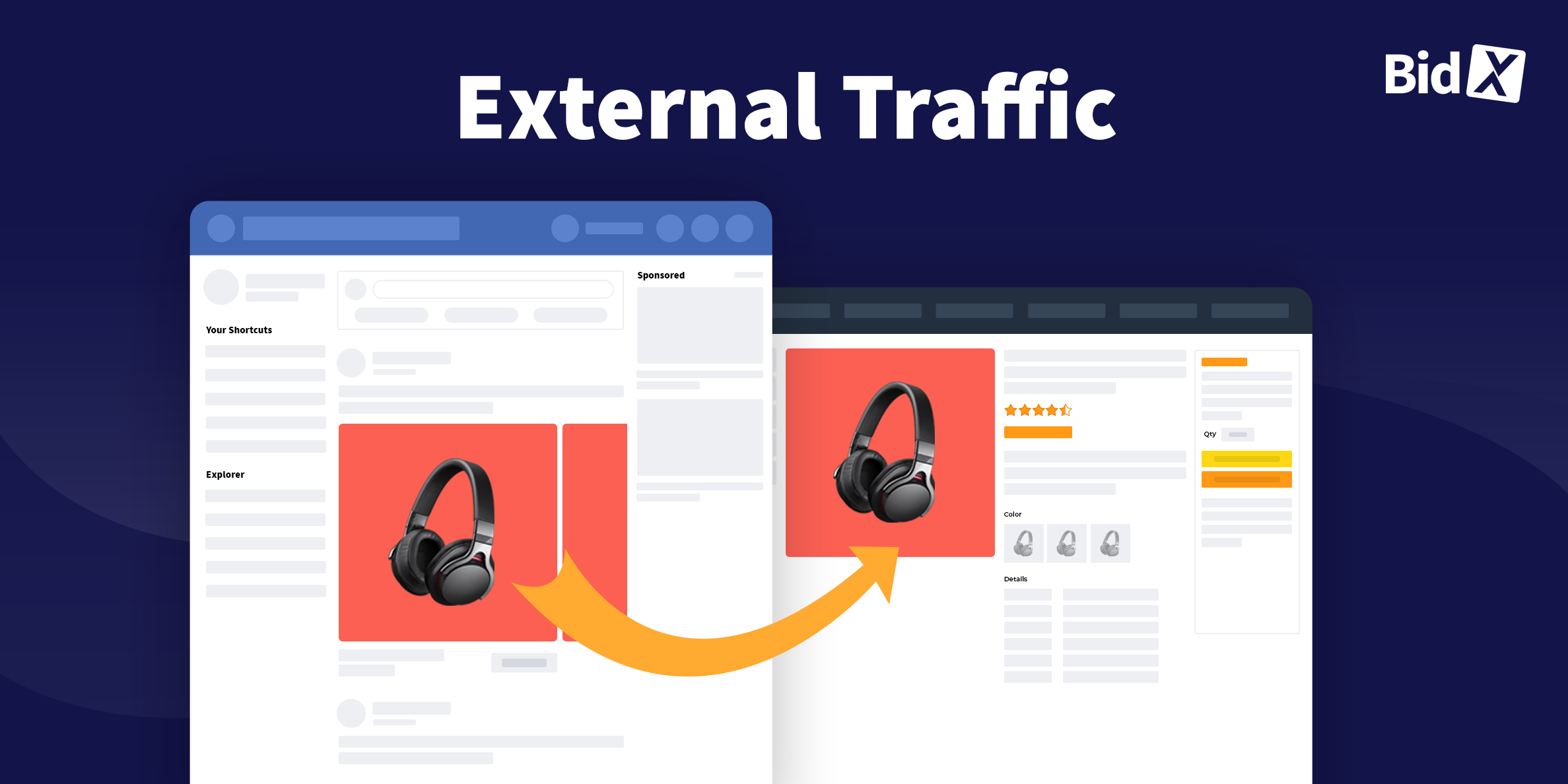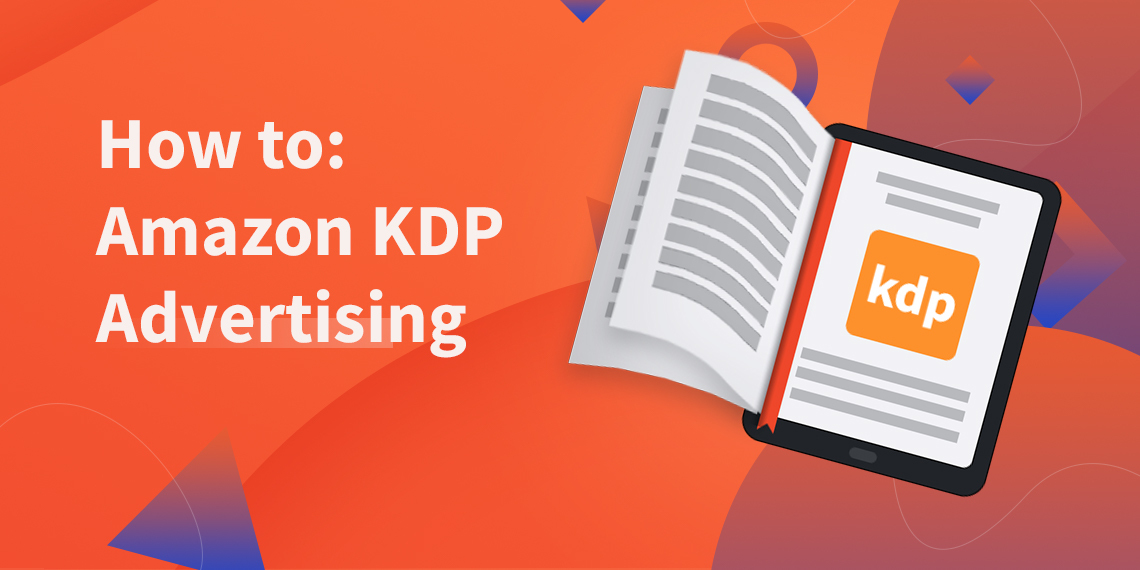Amazon Onsite Associates Program - Editorials
Competition on Amazon continues to increase. With this huge competition, it's difficult to stand out from the rest and consistently achieve high visibility. However, for long-term success on Amazon, it is essential that your product is often seen, bought and subsequently well rated.
Affiliate marketing is a common approach to achieve these goals. Affiliate marketing involves driving external traffic to your listings. One type of affiliate marketing directly on Amazon are editorials. These have gotten a lot of buzz in the last year and are popular for a few good reasons. Editorials are a great solution to support your PPC Ads, increase the visibility of your products and improve customer engagement.
What are editorials?
Editorials are part of Amazon's Onsite Associates Program, which offers product-related content from third-party publishers - particularly publishers such as the New York Times or Forbes. Editorials, simply put, are articles on search results pages that contain reviews of products that match the keyword being searched. The articles are designed to improve the shopping experience for customers and simplify the decision-making process. Customers should be able to see the best products in a category at a glance and not have to fight their way through quite a few search results pages.
It should be noted that a specific item is usually displayed on the search results page only in 1 out of 4 cases. In our example, we searched for the keyword "Best Noise Canceling Headphones". However, the article was displayed only 25% of the time, even when searching for the same keyword.
The editorial recommendations appear not only on Amazon, but also outside of Amazon on the websites of the respective third-party providers. Currently, there are about 200 publishers who can write these recommendations. These publishers were all selected and invited by Amazon via the Onsite Associates Program.
Although the publishers are selected by Amazon, Amazon has no influence on the published content of the recommendations. All statements and opinions found in the editorials come from the author of the article. As soon as a product is purchased via the product link in the article, the third-party publisher receives a commission for the sale.
How are editorials structured?
Each editorial contains at least three products, usually more products are presented. After a general description of the topic and the test, the editorial recommendation is mentioned high up in the article.
For each product, the author's experience is presented. In addition, the features of the product are mentioned and advantages and disadvantages are listed. Also, with the description of each product is the corresponding link to the product detail page.
It should be noted that the authors who write the recommendations have all the control over what they write in the article and about your product. Accordingly, you as a seller have no influence on this. However, this is definitely not a disadvantage for you. Since the authors earn commissions per sale, in most cases they will write positively about your product.
What are the advantages of having a spot in an editorial?
Editorials have numerous advantages for Amazon sellers and their sales. Because editorials are usually displayed directly on the first search results page, the visibility of your product is increased enormously. The awareness of your brand also increases. With a spot in an editorial, you may take up more visual space than your competitors and stand out from the crowd.
Editorials are written by trusted third parties and accordingly have high credibility. Customers trust the recommendations and can thus also build greater trust in your products and brand.
The linking in such an article will drive additional, external traffic to your products. This has a positive impact on the organic ranking of your products on Amazon.
A big advantage is also the improvement of conversions and SEO performance. The high visibility of your products and the trust built up can make a purchase more likely than it would be with classic advertising. Editorials are therefore a great way to generate new revenue. To help increase revenue, you can target your PPC Ads to the keywords with which the editorials are also reproduced. This way you increase the visibility of your products even more.
How do I get my product into such an article?
The publishers who write these articles are free to decide which products they pick up in their articles. If your product performs well on Amazon, the probability that the authors will write about your product is correspondingly high. From this it can be deduced that the program is less suitable for beginners, or new products. Only products that have a strong sales history and a high number of good reviews are discussed.
In many cases, publishers do not respond to requests from Amazon sellers. Among a mass of requests, the probability of picking up products from requests is rather low. Nevertheless, you can contact various publishers who publish items on Amazon.
To do this, you can look at various editorials on Amazon - ideally in a product category that corresponds to your product - and see who wrote these articles. You can then contact the author or publisher and recommend your product in connection with three relevant keywords for an editorial. Although there is no guarantee that your product will be selected, it can be worth trying.
Usually, a place in an editorial is not completely free of charge. There are typically upfront or monthly payments, which vary depending on the publisher and author. For precise information, you should contact the relevant third-party provider here. With editorials, you have the financial advantage that your monthly advertising costs are very predictable.
What are the requirements?
Before recommending a product to a publisher, make sure that the product meets all the requirements for an editorial. The ASIN should have an average rating of 4 stars or more and at least 100 reviews on Amazon.
Your monthly revenue should be ~$30,000. As mentioned above, your product should have performed well on Amazon before the editorial and have a correspondingly high organic rank for your chosen keywords. The keywords used should also have a high search volume.
It is also assumed that your products are in high stock. Products recommended for editorials should not be related to religion, sex or drugs and should not have medical claims in the product listing.
Tips
To increase the success of editorials even more, consider the following.
Editorial results are most valuable when combined with other types of advertising. It is especially useful here to combine them with PPC and DSP advertising services. Using DSP leads to external traffic on Amazon, which has a positive impact on the organic ranking and visibility of your products. PPC Ads, such as Sponsored Product Ads, also increase visibility and brand awareness. From these factors, it follows that your conversion rate will increase and your sales will be further boosted.
Of course, you should also make sure that your product detail pages are fully optimized at all times. Here, elements such as the title, bullet points, product descriptions and A+ content, among others, are of great importance.
Conclusion
Editorials are a great way to drive additional traffic to your already popular products, increase your brand awareness and build trust in your brand with customers.
However, to qualify your products for editorials, they must perform well and have high sales. To ensure this, PPC ads for your products are essential. PPC tools like BidX can efficiently design and optimize these ads by continuously analyzing performance and adjusting bids and keywords.







